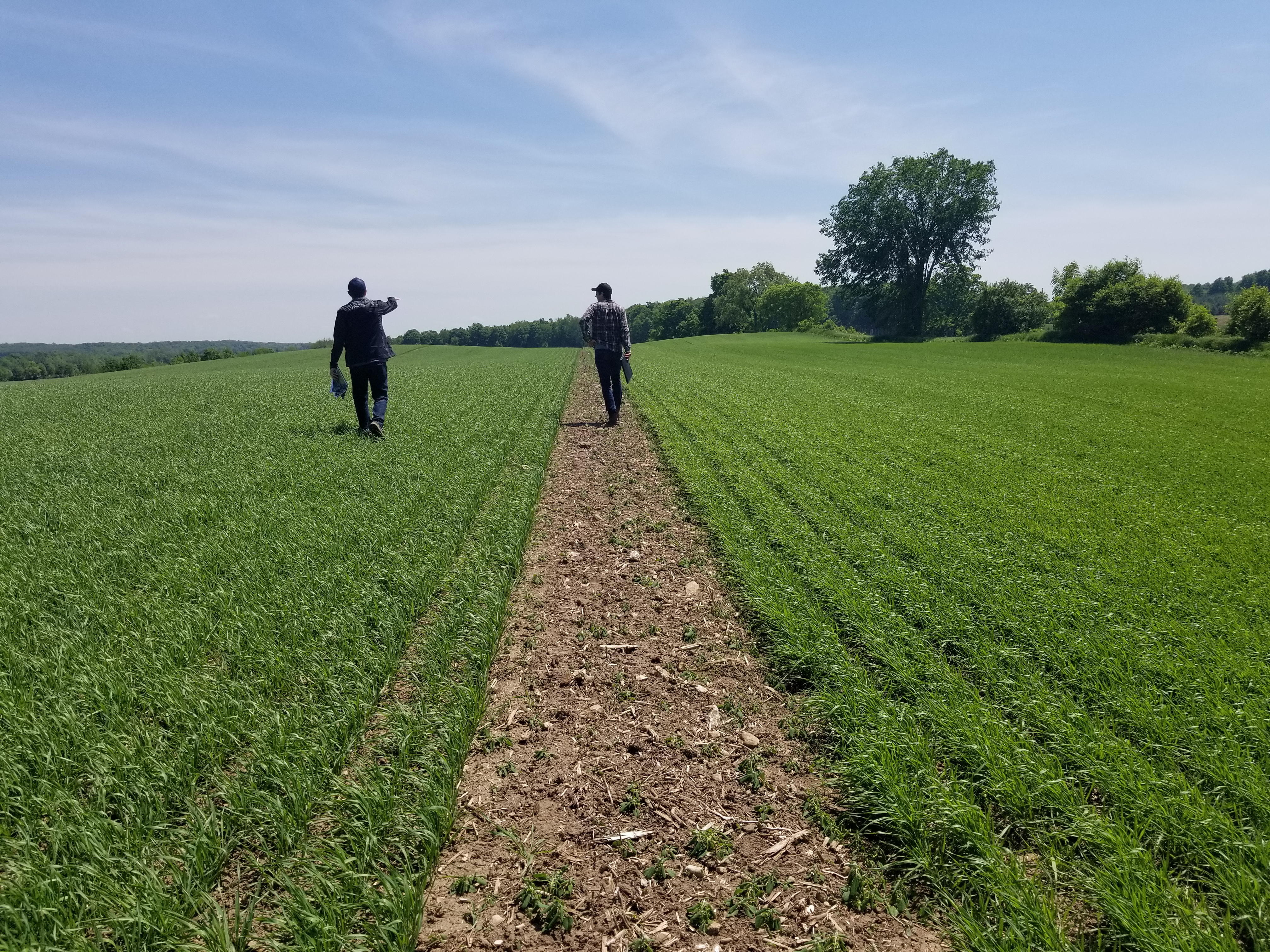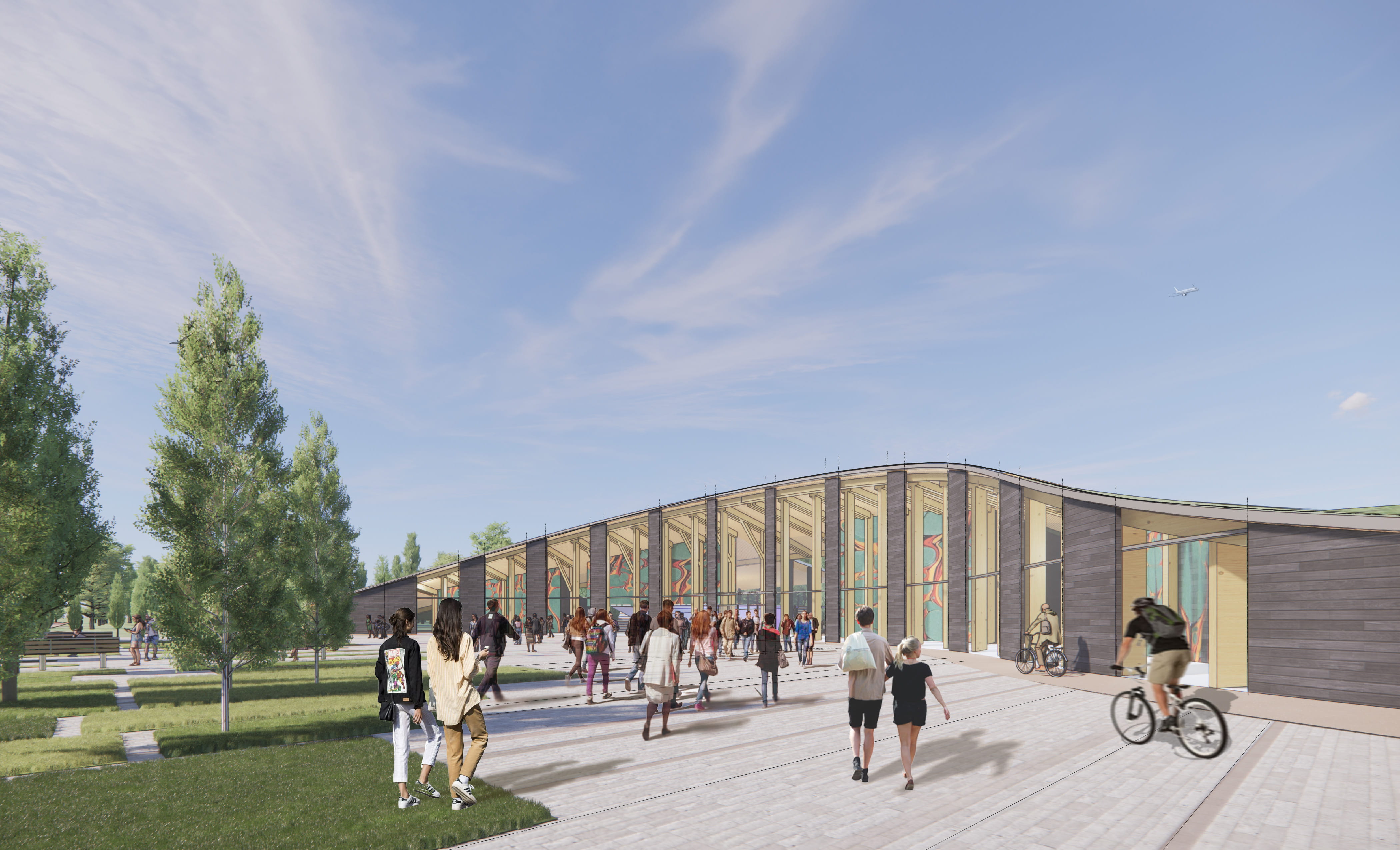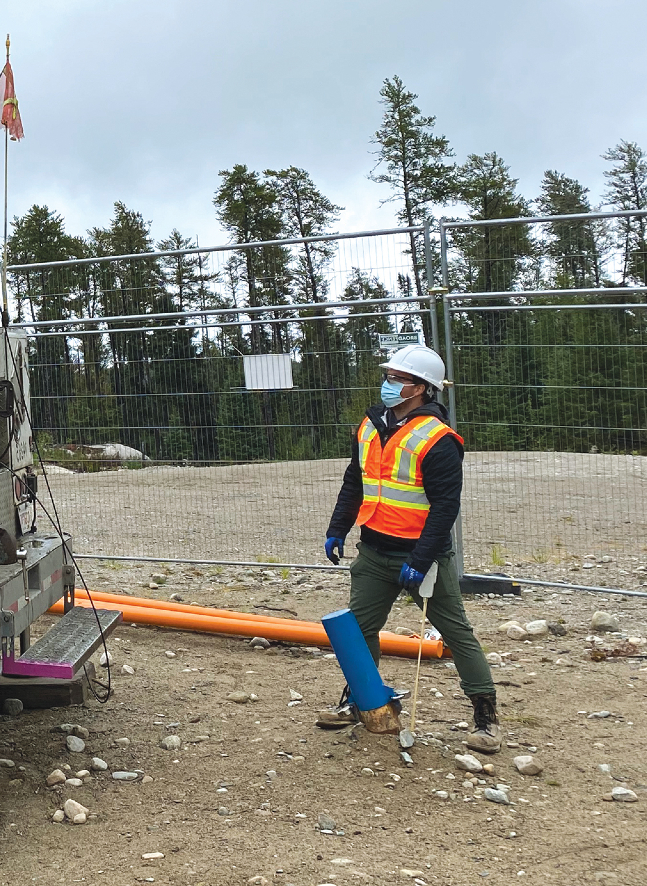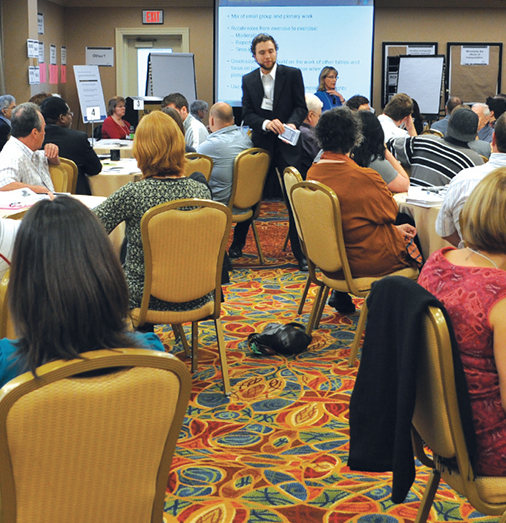Canada's plan for used nuclear fuel
Like many other countries with commercial nuclear power programs, Canada is planning for the future, beyond today’s methods for interim storage of used nuclear fuel.
Canada’s plan will contain and isolate the country’s used nuclear fuel in a deep geological repository using a multiple-barrier system. The plan emerged through a three-year dialogue with the public and continues to reflect the values and priorities Canadians and Indigenous Peoples have identified as important.
In November 2024, Wabigoon Lake Ojibway Nation and the Township of Ignace were selected as the host communities for the future site for Canada’s deep geological repository for used nuclear fuel.
Canada is in the unique position of both being a leader in our field and being able to lean on international best practices. We are not the first to implement a repository project, but we are among those at the front of the pack.
Canada’s plan for used nuclear fuel is also known as Adaptive Phased Management. It is both a technical method (what we plan to build) and a management approach (how we are working with people to get it done).
The technical method involves building a deep geological repository in a suitable rock formation to safely contain and isolate used nuclear fuel. The management approach involves phased and adaptive decision-making, supported by public engagement and continuous learning.
A fundamental tenet of Canada’s plan for used nuclear fuel is the incorporation of new knowledge. We will adapt plans in response to advances in technical learning, international best practices, ongoing input from the public, insight from Indigenous Knowledge, changes in public policy and evolving societal expectations and values.
Watch now
How Canada's plan for used nuclear fuel was developed
Through the Government of Canada’s 2002 Nuclear Fuel Waste Act, the NWMO was federally mandated to design and implement Canada’s plan for the safe, long-term management of the country’s used nuclear fuel.
The plan emerged through a three-year study and dialogue with Canadians, Indigenous Peoples and technical experts.
From this dialogue, much common ground emerged:
- First, Canadians said they expected the country to assume responsibility now, in this generation, for the waste produced to meet their energy needs. It was simply not acceptable to leave the burden of providing for and funding the management of used fuel to future generations.
- Second, Canadians did not want an approach that was irreversible. They wanted a flexible approach that would allow succeeding generations to make improvements based on new knowledge or changing priorities.
- Third, while the chosen approach must obviously meet a number of objectives, Canadians were absolutely clear that safety and security be pre-eminent.
Canada’s plan also leans on international scientific best practices. Almost all countries with commercial nuclear power production are planning to isolate the waste byproduct of their nuclear fuel cycle in a deep geological repository.
The federal government selected Adaptive Phased Management as Canada’s plan for used nuclear fuel in June 2007. The NWMO is responsible for implementing this national environmental infrastructure project, subject to the necessary regulatory decision-making process.
Canada's deep geological repository
Built to a depth of 650-800 metres, the design of Canada’s deep geological repository will rely upon a multiple-barrier system — a series of engineered and natural barriers that work together to contain and isolate used nuclear fuel. This approach is safe, low-risk, technically sound and consistent with best practices from around the world.

Site selection
In November 2024, Wabigoon Lake Ojibway Nation and the Township of Ignace were selected as the host communities for the future site of Canada’s deep geological repository for used nuclear fuel. This decision followed extensive technical studies confirming the site is a safe place for a repository, and confirmation from the Township of Ignace and Wabigoon Lake Ojibway Nation that they are willing to host the project.
/transportation--flipped.ashx?h=1011&iar=0&w=1518&rev=a832c2d6312f41fd824438cee4399266&hash=1D886C8F1A176B9D0CA0E2131EE9D220)
Transporting used nuclear fuel
The transportation of used nuclear fuel from interim storage facilities to a deep geological repository is part of Canada’s plan for the safe, long-term management of used nuclear fuel. It is set to begin in the 2040s, once the deep geological repository is operational. Safety is at the core of Canada's plan, and there is a strong international track record for transporting used nuclear fuel. Used fuel transportation, handling and placement operations in the repository will occur over a period of about 45 years or more, depending on the inventory of used fuel to be managed.

Centre of Expertise
As part of this project, a Centre of Expertise will be constructed in the area. This multimillion-dollar investment is a tangible benefit of the project to the siting area, and also the country broadly. As a place for world-class science and innovation and enriching social services identified by local residents, the centre will also bring new high-value jobs to the community for generations to come, including scientists and experts from a wide variety of disciplines.

Implementing Canada's plan for used nuclear fuel
Implementation will span a 175-year period. We initiated the site selection process for the deep geological repository in May 2010. In November 2024, Wabigoon Lake Ojibway Nation and the Township of Ignace were selected as the hosts for the future site of Canada’s deep geological repository for used nuclear fuel. A rigorous regulatory decision-making process will be followed by an estimated 10-year period to construct the facility. We expect the deep geological repository will be operational in the early 2040s. After that, the repository will be monitored for an extended period of time before decommissioning, closure and post-closure monitoring.



